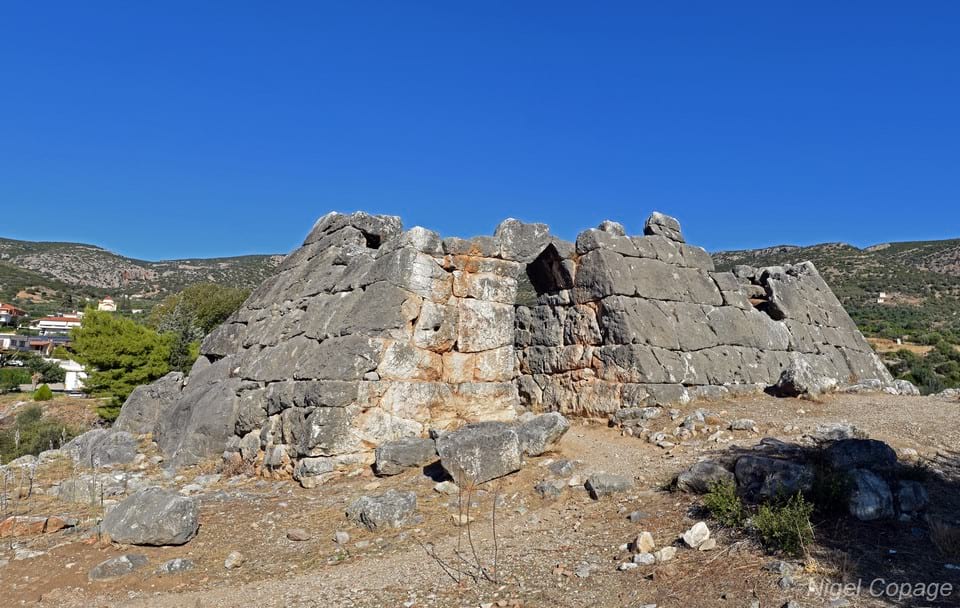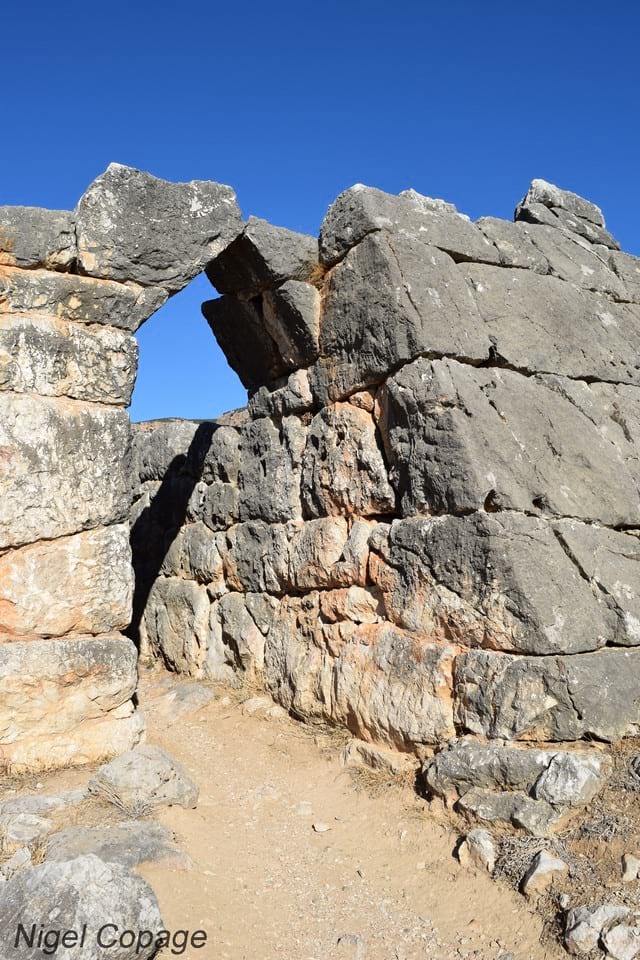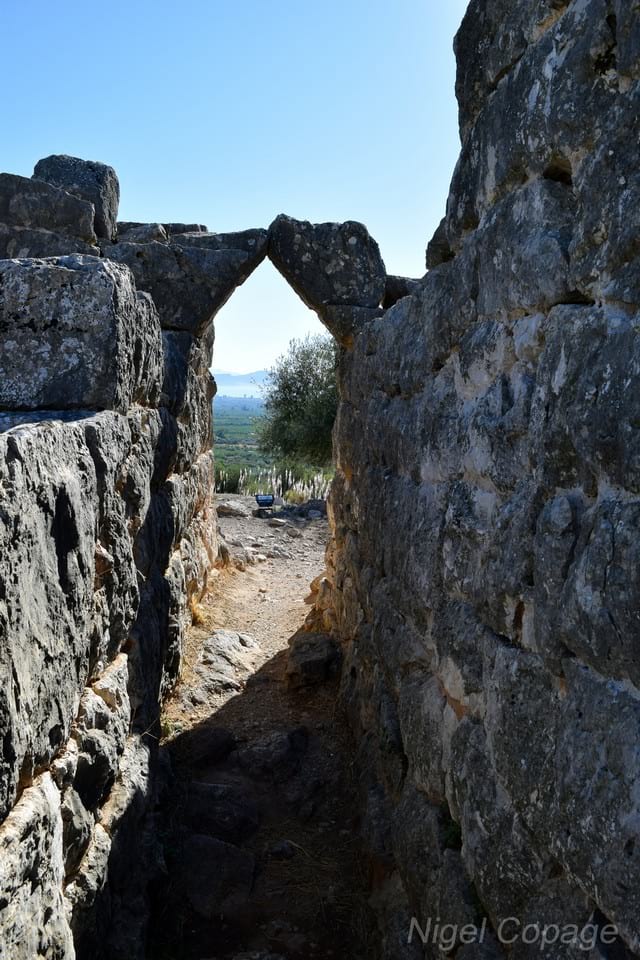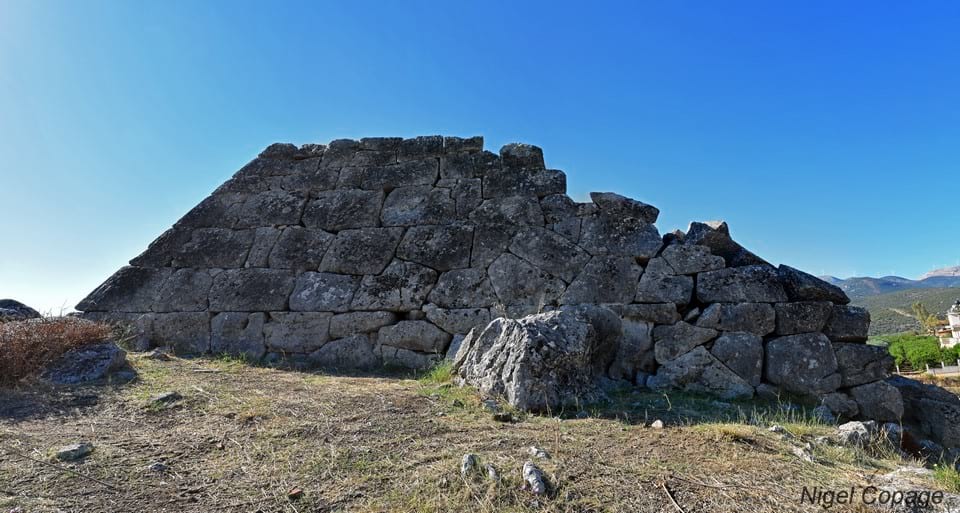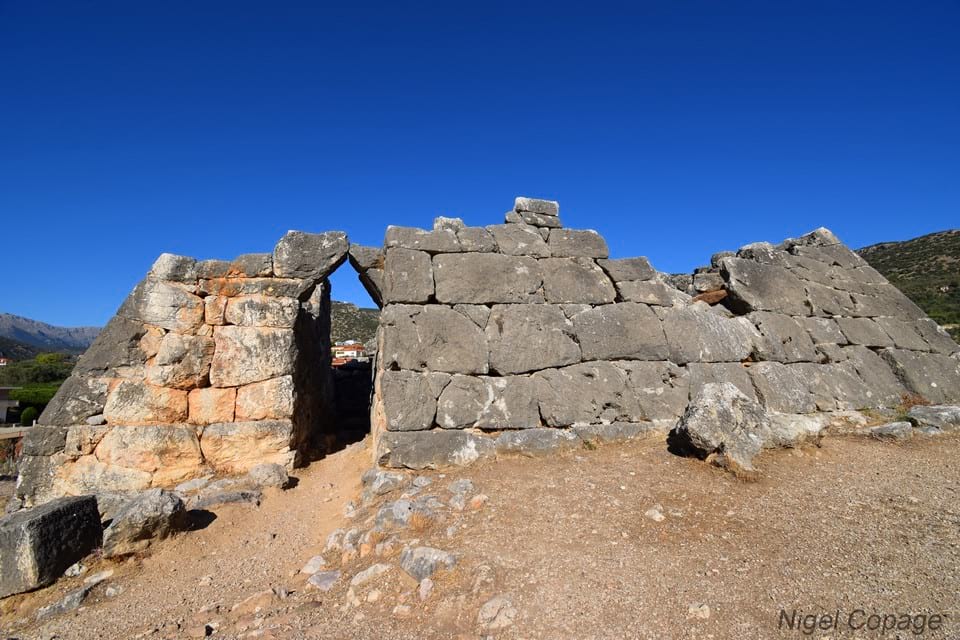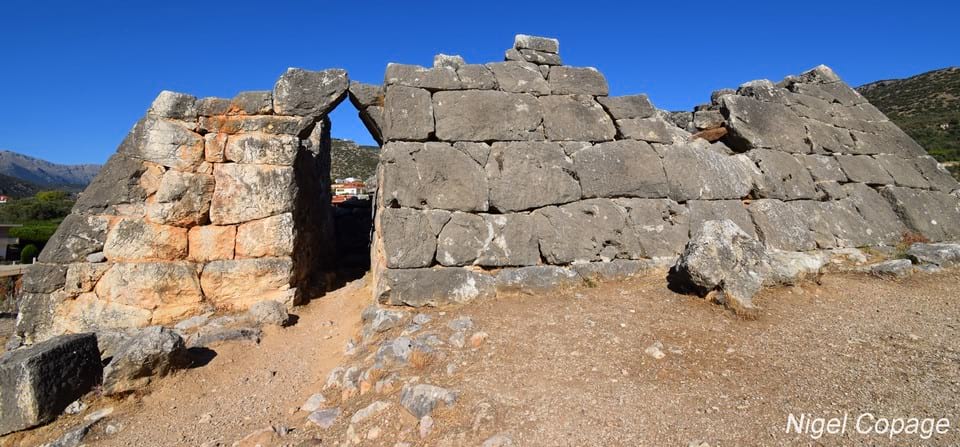
It is not widely known that there are several pyramid-like buildings in southern Greece, the only such structures in Europe. The best preserved of these is at Elliniko, just 6km South West of Argos. It is also sometimes referred to as the Pyramid of Kenkreai, Kechraie or Kechri.
The age of this structure is a matter of some controversy as various dating methodologies have provided conflicting results. But the most likely estimate is that it was built some time in the 4th century BC. However some archaeologists have argued that it dates as far back as the third millennium BC which would mean its construction corresponded with those in Egypt. This would provide some support for the mythological links supposed to have existed between Egypt and Argos.
As with other Greek pyramids the size of the one at Elliniko is considerably smaller than those in Egypt; the external base is just 7 metres by 9 metres. Another difference is that it did not have a pointed top. The walls slope at an angle of 60 degrees for 3.5 metres after which there was a flat surface. Internally there is a narrow corridor leading off the entrance at the South East side of the pyramid. This corridor provides access to the main interior room which is around 7 metres square.
The purpose of the pyramid is also unclear and several functions have been proposed. Pausanias, the second century Greek traveller and geographer, thought that it was a common tomb for Argive soldiers although no funerary traces have ever been discovered to support this. It has also been pointed out that the doors appear to have opened from the inside.
Other suggestions have included a storage facility for grain, the base for a water tank and a small fortress serving as a garrison to protect those defending the road between Argos and ancient Tegea. The pyramid is located on the ancient road which connected Argolida with Arcadia and which was of great strategic importance.
But perhaps the most plausible theory is that it served as a watchtower or communication station (using smoke signals). This is supported by the fact that the pyramid has a commanding view of the Argolic Gulf and the coastal plain. It also has a clear line of sight to other watchtowers along the coast. And of course it could have served both as a watchtower and as a garrison.
Access to this site is free and it is open to the public at all times.
Click here for a short video by Philip Bekyros
